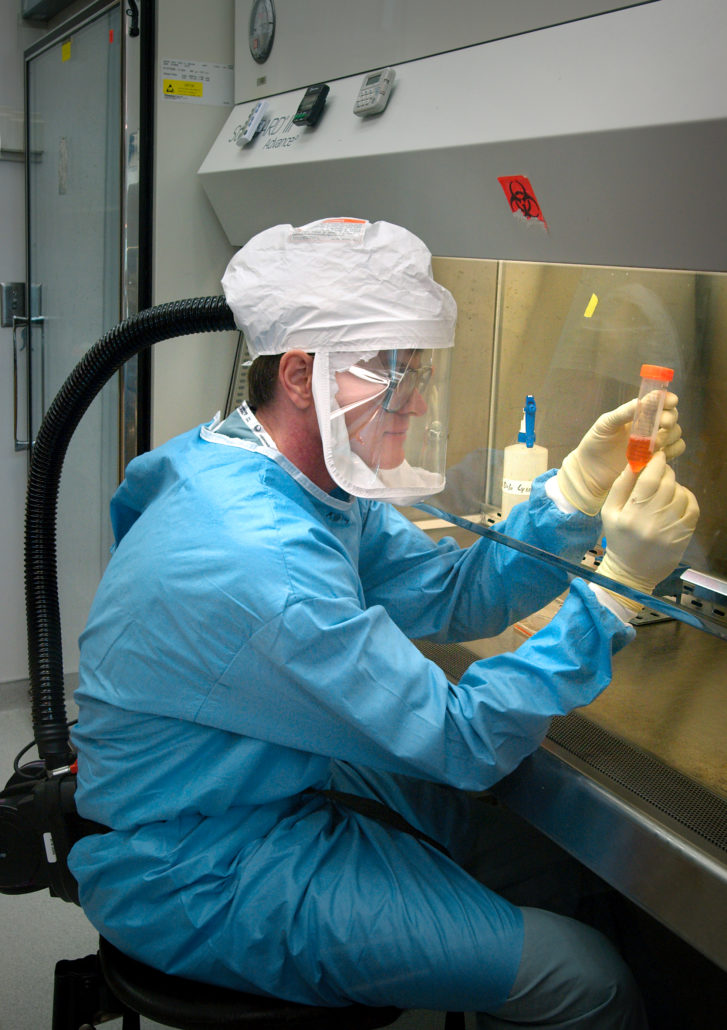
Improvements in building ventilation systems are one of them. Some changes are temporary and will fade away with success of vaccine that will be available sooner than later. The pandemic brought on the world by a novel human corona virus that is now named severe acute respiratory syndrome coronavirus 2 (SARS-CoV-2) causing COVID-19 disease has changed our lives in many ways.
#Airborne isolation negative pressure room portable
Contact us for portable negative pressure isolation unit installation at your premises.Negative Pressure Room and Airborne Infectious Isolation Room Therefore, hospitals must be careful and prepared with these rooms whenever the need arises. Negative pressure rooms are essential in every hospital, and the pandemic has fastened the process of installing such isolation rooms. There are communication controls to help the staff coordinate smoothly with each other. There are high precautions taken in this room, including a self-closing door so that the staff doesn’t have to touch anything. They have an isolation room air cleaner installed to manage the flow of air.Ĭlass N is the type of negative pressure room that is installed to protect people outside the room from the spread of infectious diseases.Ĭlass Q is the most powerful type of negative pressure room that is used to quarantine people with infectious illnesses like COVID-19. It is to save them from other patients, visitors, and other people that can be a threat to them. Normal air conditioning is used in these rooms as they are pretty standard and require less management.Ĭlass P rooms are for those people who are immunocompromised. There are several different types of isolation or negative pressure rooms.Ĭlass S is the most basic type of room wear gloves, masks, and suits are used to ensure that no one comes in direct contact with the patient. Therefore, areas like waiting rooms, bathrooms, triage areas, can be converted into negative pressure rooms to reduce the spread of infection. What are negative pressure rooms? They are not isolated negative rooms as there are common places where infections can spread. However, it is not necessary to have negative pressure rooms for single patients. The pressure and flow can also be controlled by controlling the air pressure between adjacent rooms as well. They filter out the harmful particles and recirculate the clean air in the room. The most important one is filtering the air with HEPA filters, which come installed in every isolation room air cleaner. There are various ways to control the airflow and pressure inside the room. The contaminated air gets sucked outside through the exhaust system, where it is filtered and cleaned before throwing it away from the medical facility. Inside the portable negative pressure unit, there are air filters that clean the air before sending it back into the room. This mechanism prevents any harmful particles inside the room from flowing out of the room when anyone opens the door. As the name suggests, negative pressure rooms have negative pressure – the pressure inside the room is much lower than that of the air outside the room. While the isolation room air cleaner is important to clean the air and stop the infection from spreading, the isolation room has several other functions.

Let’s look at how the negative pressure room operates and what it does. Today, many hospitals use EB AIR portable negative pressure isolation units to stay mobile while containing the spread of infection while treating the patients in different locations.ĬOVID-19 has also increased the demand for such portable units as it helps to easily contain the spread wherever there is a possibility of infection.

It is useful to isolate patients with airborne diseases as well such as measles, tuberculosis, SARS, MERS, and several others. The negative pressure rooms are primarily used to keep patients with infectious diseases in a separate unit. The primary aim is to contain the infection in one place and stop the spread that might occur in general rooms.

What are negative pressure rooms?Īlso known as isolation rooms, negative pressure rooms are places where patients with infectious diseases are kept at a distance from other people. Therefore, the use of negative pressure rooms is important to ensure that the area remains from any illness spreading particles, bacteria, germs, or any kind of dust and dirt. These rooms are important to reduce the chances of contamination for high-risk patients.
#Airborne isolation negative pressure room free
It has become more important than ever to keep patients free from bacteria and diseases from the hospital.


 0 kommentar(er)
0 kommentar(er)
